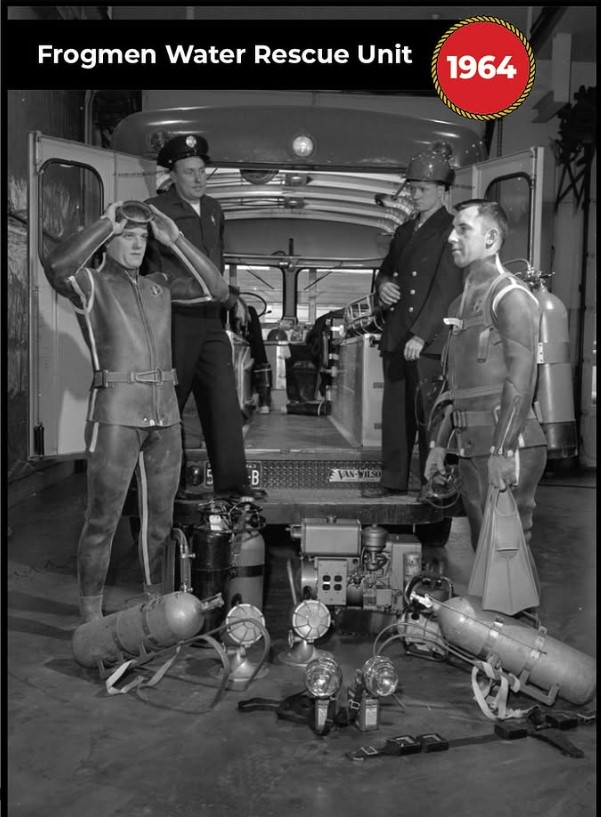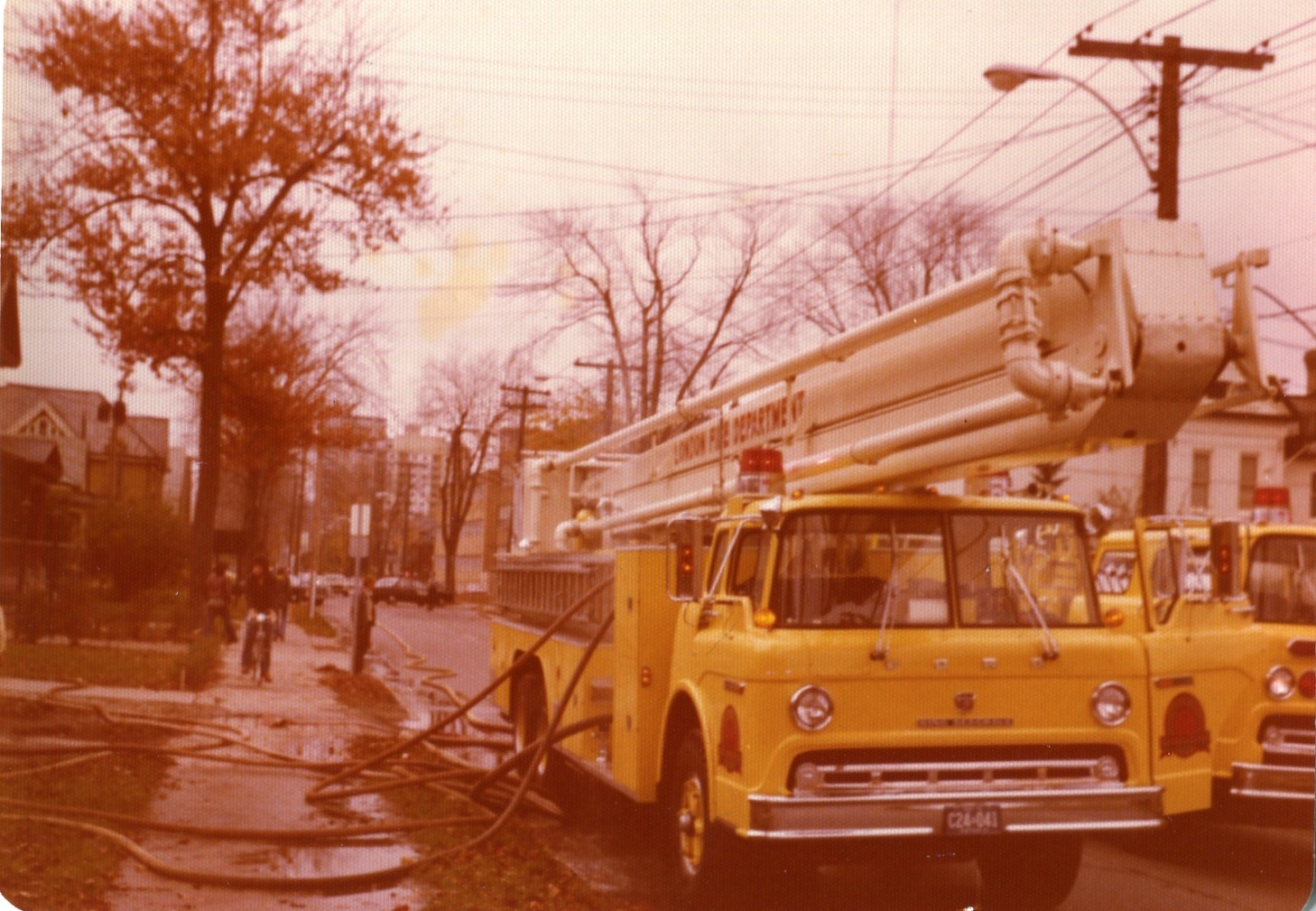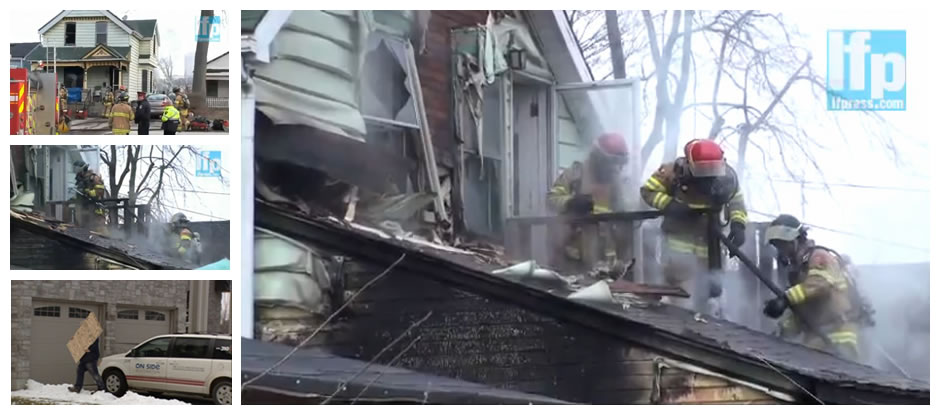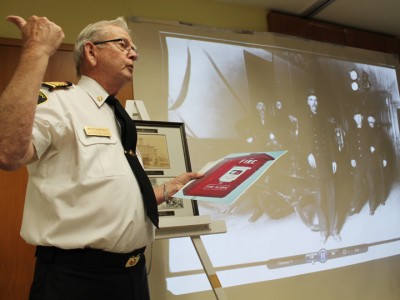Shouts of “FIRE, FIRE” would send London’s early residents scurrying from their homes and businesses in a mad dash to pursue the trail of smoke to the blaze. Citizens had to rely on each other for help during such emergencies since the fledgling community did not have a fire department. Neighbours formed a human chain from the nearest water source and passed along buckets of water in order to toss them on the flames. The use of buckets was mandated in 1838 when the district government required each home to have a leather fire bucket ready for use in a fire. Businesses had to keep two buckets on hand. They were to be hung in a convenient location, usually at the front of the building, and labelled with the owner’s name or initials. The “cowhide dippers’ held about 12 litres (two and a half gallons) of water.
The development of a bucket brigade as the first organized fire protection service in London is consistent with what occurred in many other frontier communities in North America. As communities grew in size and their citizens’ tolerance for fires lessened, improved fire services were established to better protect lives and property. Fire brigades and departments were already well established in large cities like Toronto, Halifax, Boston and New York in the early 19th century.
London sprouted up in the mid 1 820s at the forks of the Thames River. Nearly three decades earlier, Lieutenant-Governor John Graves Simcoe earmarked the site for settlement, When he landed at the forks in 1793, Simcoe perceived the area as the future capital of Upper Canada. That was not to be, but the community did develop into the centre for the rapidly growing London district. To accommodate the westward spread of immigrants and the need for more settlements, the district decided in 1826 to survey a town site at London. Construction began soon after, London’s growth was hastened when officials chose it as the site for a new courthouse after a fire destroyed the district courthouse in Vittoria, a tiny village south of Simcoe in Norfolk County.





